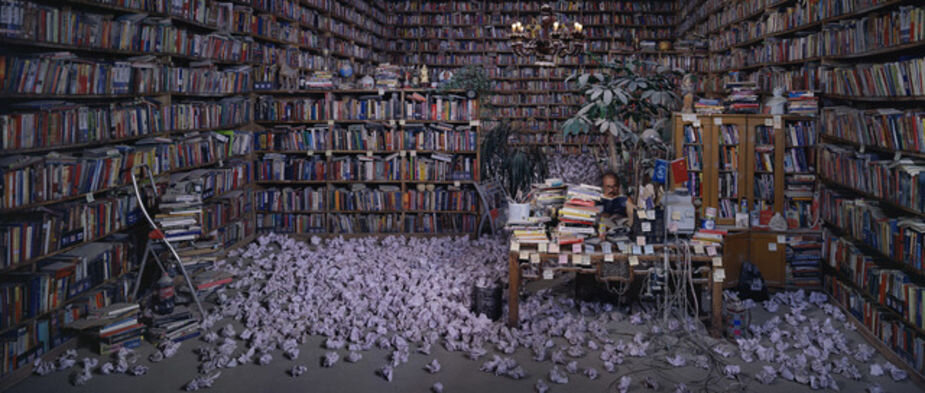Journal
Tags
- Alice Ho
- Bowen Yang
- Celsivincys Kumar
- darren jorgensen
- Darren Jorgensen and Tami Xiang
- Debbie Gilchrist
- Eloise Viney
- Erika Johanson
- Felicity Ostergaard
- Harry Price
- James Enderby
- Jemma Yovacic
- Jessica Cottam
- Jiayang Qin
- Jinx Zhou
- Johan Sulaiman
- Kiara Player
- Kye Fisher
- Lucy Leech
- Maddie Sarich
- Peter Kidson
- Rachel Ciesla
- Sam Beard
- Sam Beard
- Sara Fong
- Tami Xiang
- Valentina Sartori
Qi Zhilong in his studio, 2024. Photo by Kye Fisher
Li Xianting remarked of his role as an editor and a critic as follows:
“I just wanted to draw people’s attention towards a certain issue. I wanted to stir debate and stoke discourse”
Guan Kan 观看 attempts to stand in this tradition, and uphold Mr Li’s dedication to critical investigation on Contemporary Chinese Art. Below you will find a series of essays, criticism, interviews with artists, art theory and art writing, aimed at analyzing the history and future of art.
Scholarly debate and analysis is welcomed by the journal as well as negotiating intercultural differences which may arise.
To join this discussion, please get in contact with Guan Kan 观看
The dissident sculpture of Ai Song
Tucked away behind a winding, sandy track roughly an hour from Beijing’s popular 798 art zone an isolated house stands, neighbour-less, as if it were hiding – which it is. It is the third house Ai Song has lived in recently after being chased out of his last two following government raids.
Inward and Eastward
From growing up in a remote Chinese village to working and residing in Perth, Tami is the exception to the rule; a needle plucked from the haystack of systematic poverty and granted a chance at tertiary education and class mobility. What sounds like something out of the Hunger Games is normal for tens of millions. The gaokao, China’s national college-entrance exam, is notorious as the world’s toughest yet it is skewed against rural students. There is a 10-year lag in rural versus urban education, provincial intake quotas and a household registration system that governs where students may sit the test.
Zhang Linhai: Self-expression and social commentary through childhood memories
Light seeps through the windows, illuminating the walls of the studio space; Zhang’s artworks dominate the wall space, houseplants sit in every corner, and paints cover the workbenches—a truly ethereal setting—Zhang Linhai’s studio.
Wang Qingsong as journalist and social critic
Wang Qingsong uses applied photography as a way to respond to the rapidly changing society, repeatedly stressing that he is a ‘journalist’, arguing that the news does not just stay on the surface, but also functions in a more essential way. Working with exaggerated content and shocking, spectacular scenes, Wang reflects social issues. His work arranges details within complicated, large images, as just one image can deliver the impact of a whole issue.
Zhu Fadong’s Looking for a Missing Person (1993)
In Looking for a Missing Person, Zhu Fadong plastered his elaborate posters all over the street, proclaiming that ‘Zhu Fadong, long hair, an artist, born in 1960, left from Kunming, Yunnan Province in one day, missing’.
Art Escaping Reality: Zhang Linhai’s reflections upon past and present experiences of China through contemporary art
Art has been a means by which Chinese creators have been able to respond to social and political states and changes throughout the contemporary era, though not with great success, due to government shutdown and censorship.
The impact of the Cultural Revolutions on Chinese contemporary art
Since the 1940s, China has been on a unique course of historical development. This essay will analyse Zhang Linhai’s artworks at different times over the course of this development, and through his life’s experience of it.








